

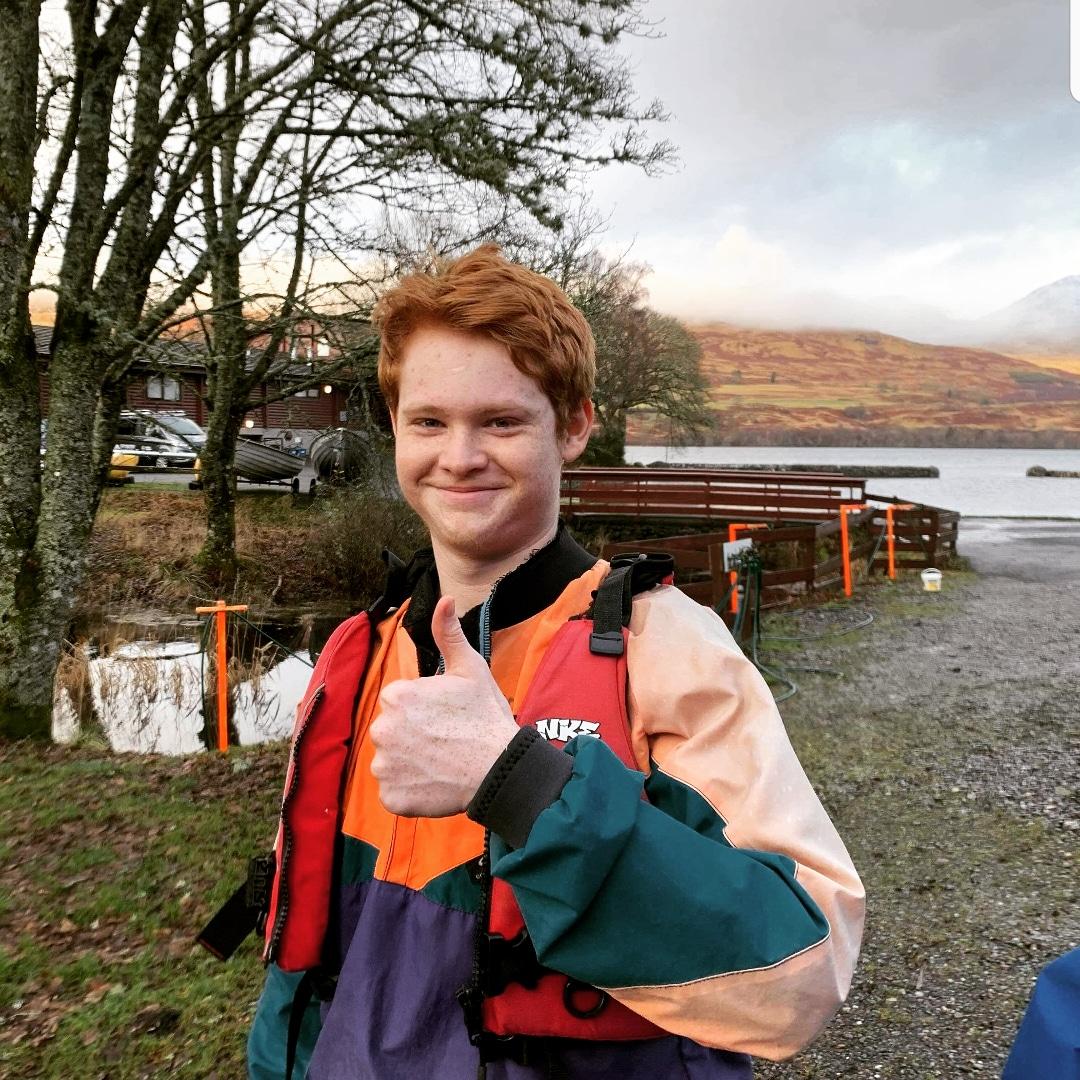
Team leader. Organises the group toward different goals and serves as a tiebreak on design decisions. Developed the server that helps the app and robot communicate.
Favourite emoji: 🐧
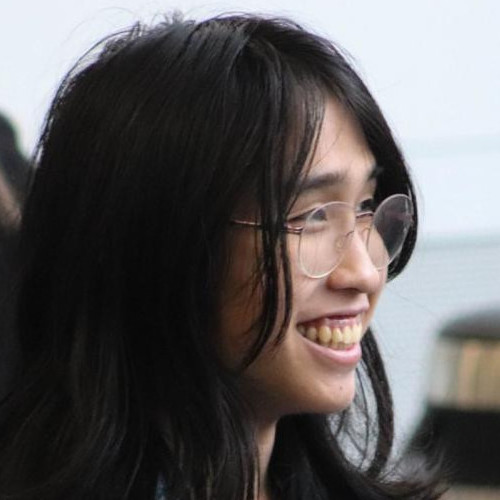
Helped with the design concept and idea of the robot, as well as developing the app, especially in terms of communication
Favourite emoji: 🌸
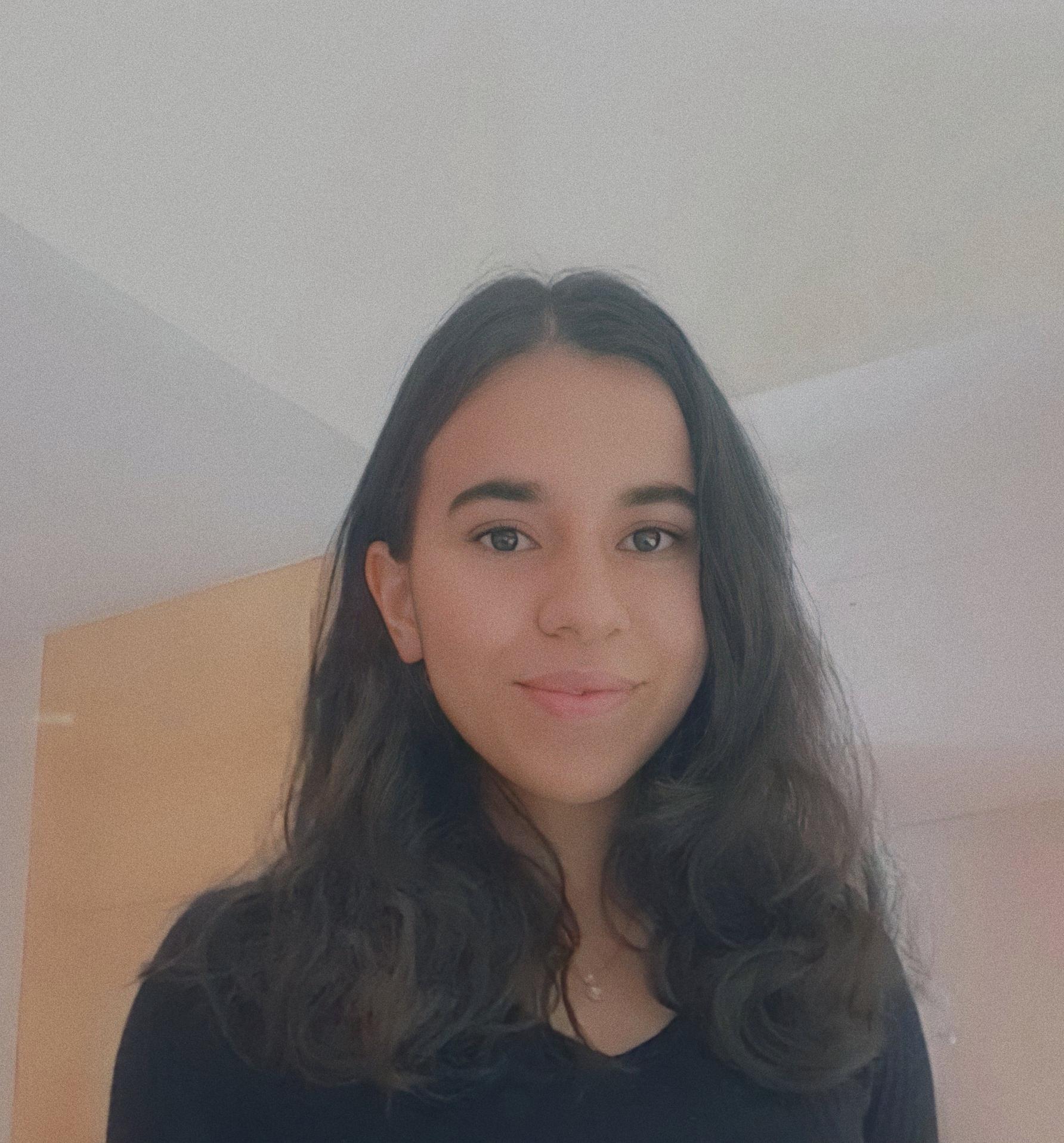
Autonomous navigation and localization of the robot.
Favourite emoji: 🙄
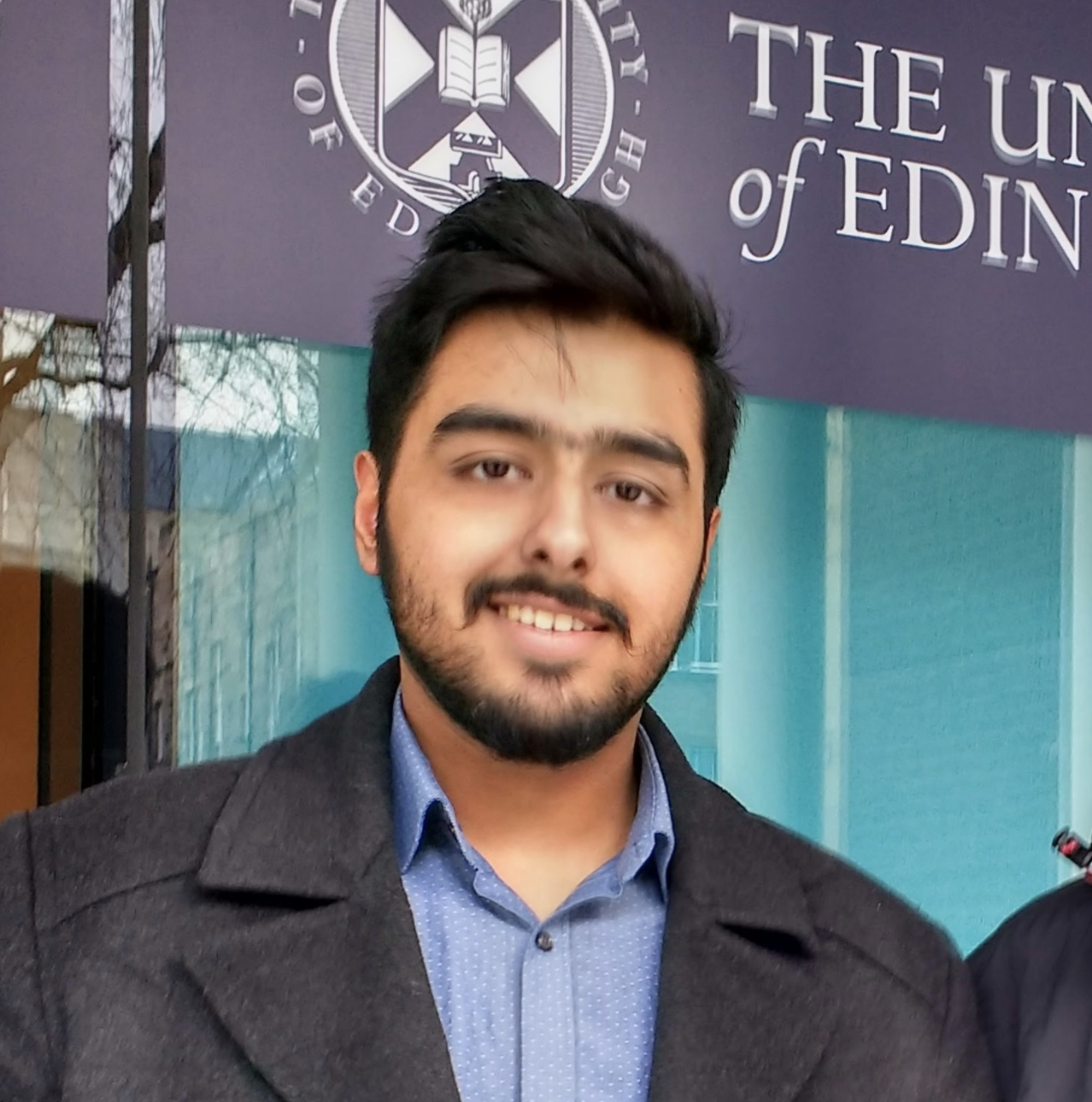
Assisted navigation development and worked on CAD modelling and prototyping.
Favourite emoji: ☕
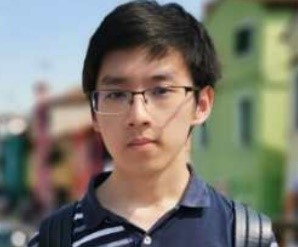
Professional vacuum cleaner/washing machine/wooden chair, an ordinary navigation teammate.
Favourite emoji: 🗻

Responsible for the autonomous navigation of the robot as well as setting up the MATLAB environment to be integrated with Webots.
Favourite emoji: 🦀
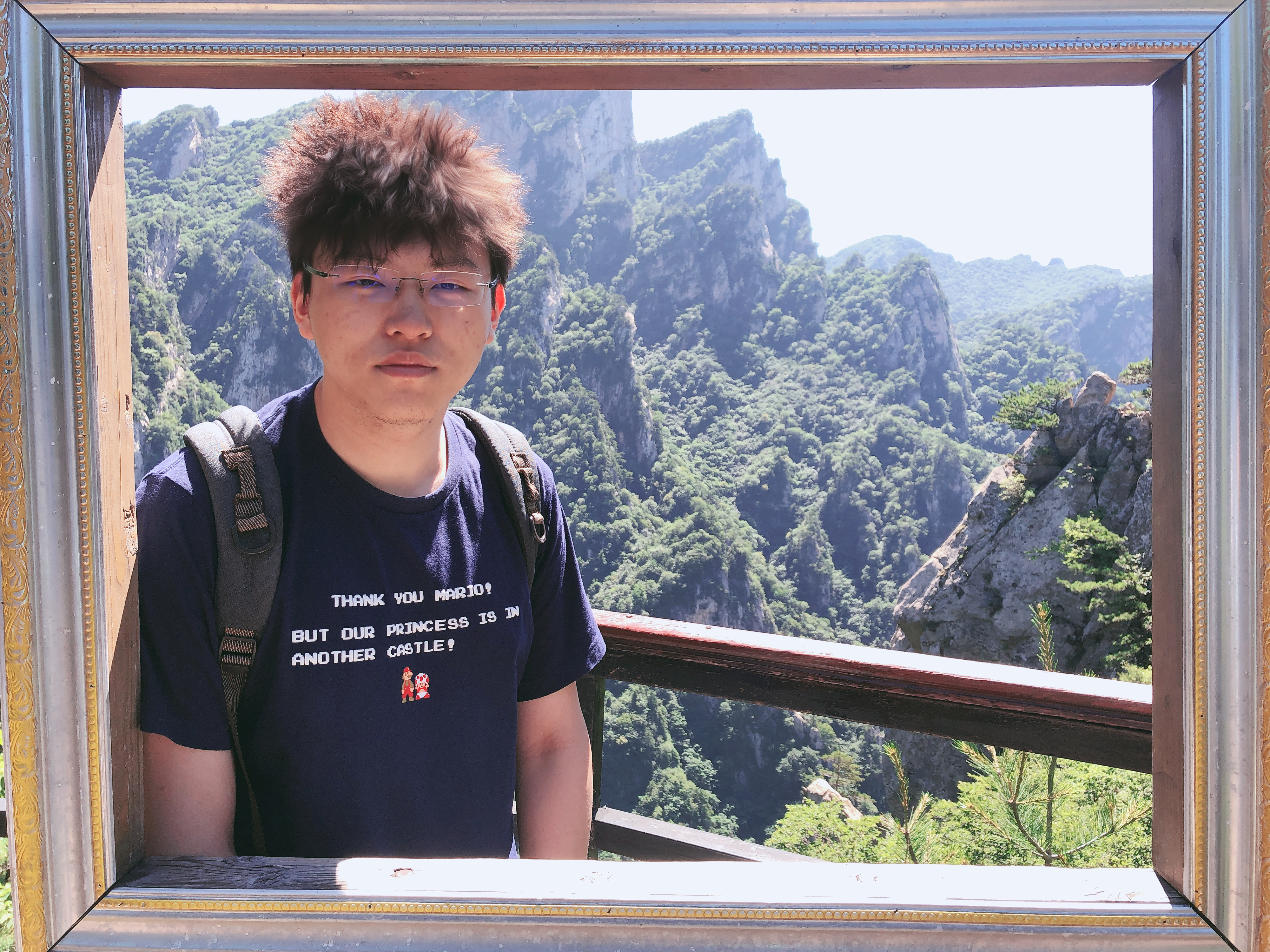
Responsible for the machine learning model of fall detection, and also the API between App and backend model.
Favourite emoji:🍜
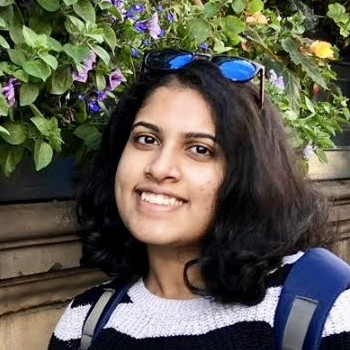
Created Figma prototype of app and researched into UI designs for the elderly. Developed the SQLite database and sensor monitoring system that runs on the app.
Favourite emoji: 🐼

Physical hardware design of the robot, structural testing, CAD models and renders.
Favourite emoji: ✌
Due to the presence of frequent demos in SDP, Group 1 adopted an Agile approach to development. More specifically, we adopted Scrum. It was perfect as we met with our client every 2-4 weeks, utilised the feedback to create a plan of action for the next time segment, and accordingly divided tasks best suited for the sprint. The main idea of Scrum that was best suited for our team was to come up with a new hypothesis to test after each feedback. This process of iterative development can be better seen with our team organisation for each demo:
| Demo number | Team divisions | Function of team | Members |
|---|---|---|---|
| 1 | Software | To research and produce designs for the software elements of the project. | Pingqi Li, Aparna Rajeev, Kenza Amira, Gavin Drakeford, Daniel Wilks |
| Hardware | To research and produce designs for the hardware elements of the project. | Sadiq Baidani, Fang Li, Siang Jun Teo, Sam O'Neill | |
| 2 | App team | To set up the Flutter application with basic functionality and research into using machine learning for fall-detection problem. | Pingqi Li, Aparna Rajeev, Gavin Drakeford, Siang Jun Teo |
| Navigation team | To have a working SLAM algorithm in Webots using ROS. | Sadiq Baidani, Kenza Amira, Daniel Wilks, Fang Li, Sam O'Neill | |
| 3 | App team | To add additional features to the Flutter application and finish building the classifier on Python. | Pingqi Li, Aparna Rajeev, Gavin Drakeford, Siang Jun Teo |
| Navigation team | To have SLAM working in Webots using MATLAB and have the robot localise the user in the simulation. | Sadiq Baidani, Kenza Amira, Daniel Wilks, Fang Li, Sam O'Neill | |
| 4 | App team | To tie the machine learning model in the backend and the frontend together. Create a server to help the app communicate with the robot. | Pingqi Li, Aparna Rajeev, Gavin Drakeford, Siang Jun Teo |
| Navigation team | To further test the navigational capabilites of the robot, and refine parameter for optimal results. | Kenza Amira, Daniel Wilks, Sadiq Baidani | |
| Website team | To build a finished website for the project. | Fang Li, Aparna Rajeev | |
| Hardware team | To build a complete rendered model of O.L.I. in CAD and perform stress tests. | Sadiq Baidani, Sam O'Neill |
Considering the nature of SDP this year, a good platform to share code and efficiently maintain
version control was required. Group 1 resorted to using GitHub for this purpose. Additionally,
we used Trello to maintain tasks and Microsoft Teams for regular updates on the team's progress and
meetings (both official client meetings and team meetings).